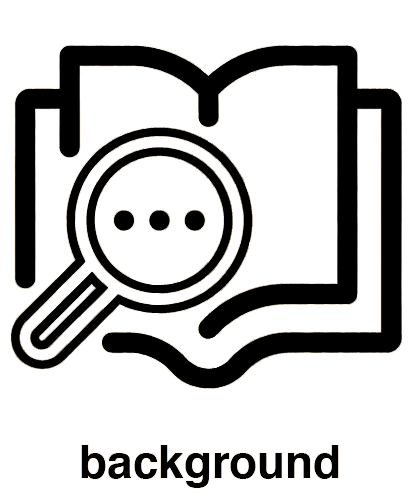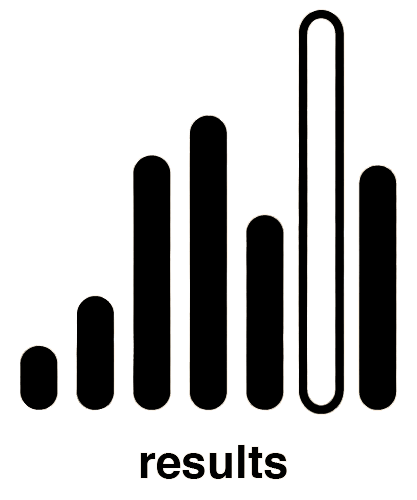-
Projects
- Environment Box
- Passive Refrigeration
- Water Cooling
- Fog Catching
- Roof Geometries
- Optimal Insulation
- Cooler Windcatcher
- Green Machine
- Mitigating Humidity
- Convective Air Flow
- Styrene Reuse
- Thermal Reflection
- ETFE Rigidification
- Phase Change Materials
- Polar Reflection
- Cavity Depth Variation
- Vapor Permeability
- Algae Facade
- Moisture Buffering
- Engineered Geometries
- Recycled Desiccant Materials
- Living Wall
- Solar Shading Facades
- SHADESin.reACTION
- Low-Fab Dehumidification
- Breathing Wall
- Urban Heat Island
- Acoustical Design
- Latent Heat of PCM's
- Insulative Qualities of Air
- About
- Lectures
- Assignments
- Workshops
- Syllabus
- Resources
Abstract
The ubiquity of styrene and Styrofoam containers and cups cannot be understated; they will be archeological markers for the next many hundred years until a method of sequestration or recycling is discovered. Simultaneously, their chemical properties are very similar to rigid foam insulation: a product equally ubiquitous in construction and very effective insulator. This investigation sought to identify the utility of this material as insulation and compare the insulative capacity to its rigid foam counterparts. Two chambers and a testing panel created the testing system: One insulated chamber with a heat lamp (25W) imitating hotter exterior conditions is bridged by the testing panel to a measuring chamber, also collecting temperature readings using a DHT11 T/H sensor in an insulated enclosure. The intent of the testing rig is to measure the increase of temperature through the tested material, comparing the increase in temperature results to identify differences between rate of increase and overall increase in temperature. Panels that increase more quickly and/or to a higher temperature will be considered "less effective", and those that increase more slowly over time considered "more effective" as insulators. Testing materials include the rigid foam control sample, styrene clamshell in shredded, and cut forms, bound by a screen mesh and chicken wire gabion-adjacent panel. The chemical properties of the material Styrene as compared to polystyrene are documented well in other studies, but the application of food-grade styrene had yet to be tested in building insulation capacities. Additionally, re-use of these materials was absent in other studies that investigated other forms of styrene in insulation applications. Therefore, this study sought to define a baseline understanding of how the material would perform in a short-term, high intensity temperature swing scenario.
The ubiquity of styrene and Styrofoam containers and cups cannot be understated; they will be archeological markers for the next many hundred years until a method of sequestration or recycling is discovered. Simultaneously, their chemical properties are very similar to rigid foam insulation: a product equally ubiquitous in construction and very effective insulator. This investigation sought to identify the utility of this material as insulation and compare the insulative capacity to its rigid foam counterparts. Two chambers and a testing panel created the testing system: One insulated chamber with a heat lamp (25W) imitating hotter exterior conditions is bridged by the testing panel to a measuring chamber, also collecting temperature readings using a DHT11 T/H sensor in an insulated enclosure. The intent of the testing rig is to measure the increase of temperature through the tested material, comparing the increase in temperature results to identify differences between rate of increase and overall increase in temperature. Panels that increase more quickly and/or to a higher temperature will be considered "less effective", and those that increase more slowly over time considered "more effective" as insulators. Testing materials include the rigid foam control sample, styrene clamshell in shredded, and cut forms, bound by a screen mesh and chicken wire gabion-adjacent panel. The chemical properties of the material Styrene as compared to polystyrene are documented well in other studies, but the application of food-grade styrene had yet to be tested in building insulation capacities. Additionally, re-use of these materials was absent in other studies that investigated other forms of styrene in insulation applications. Therefore, this study sought to define a baseline understanding of how the material would perform in a short-term, high intensity temperature swing scenario.






